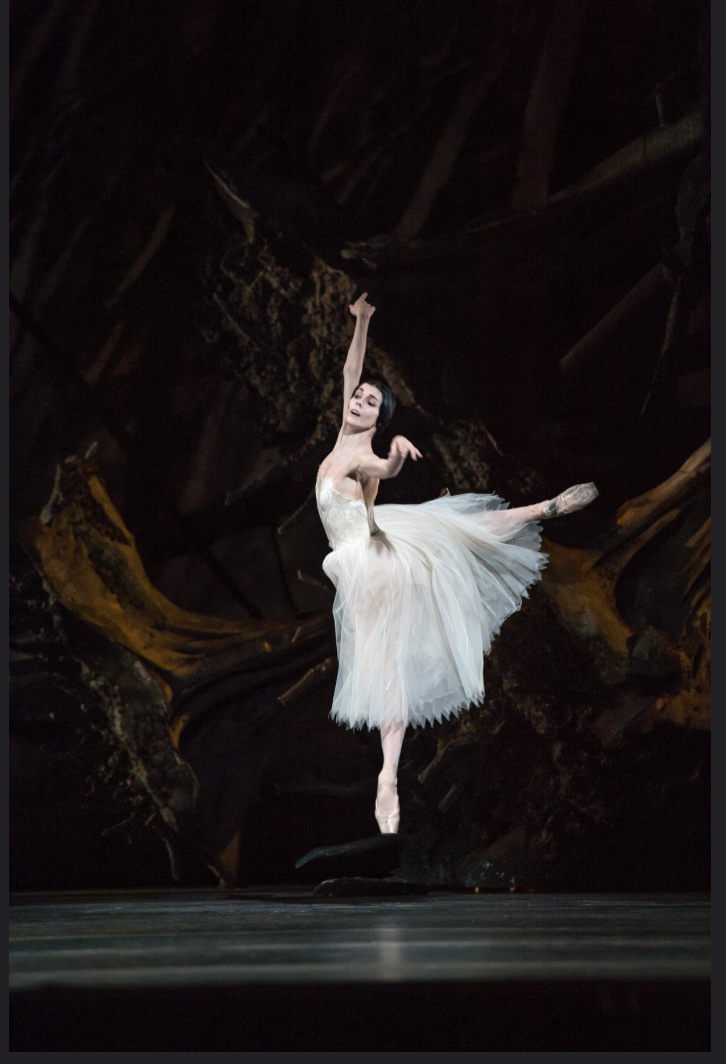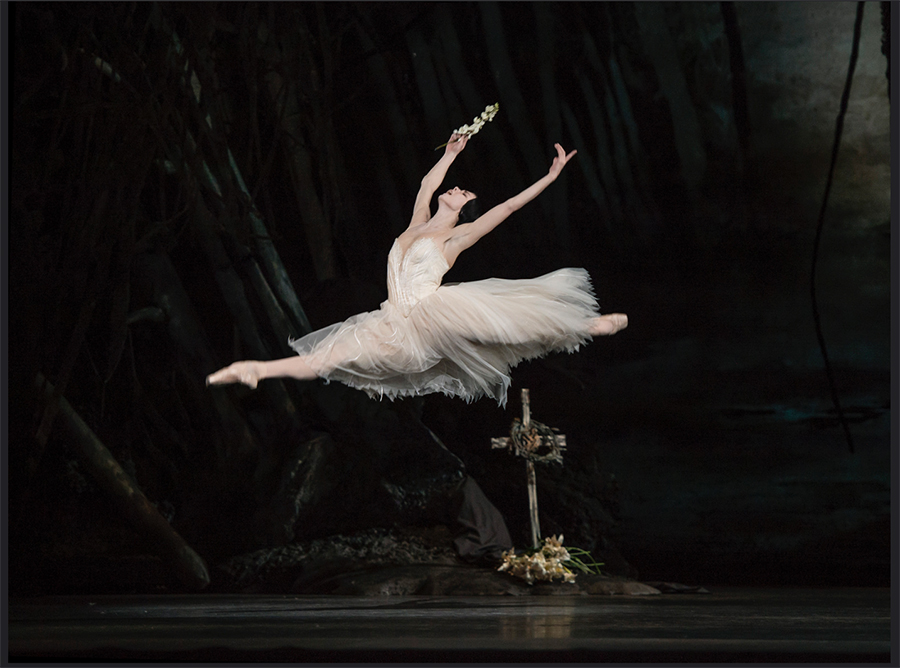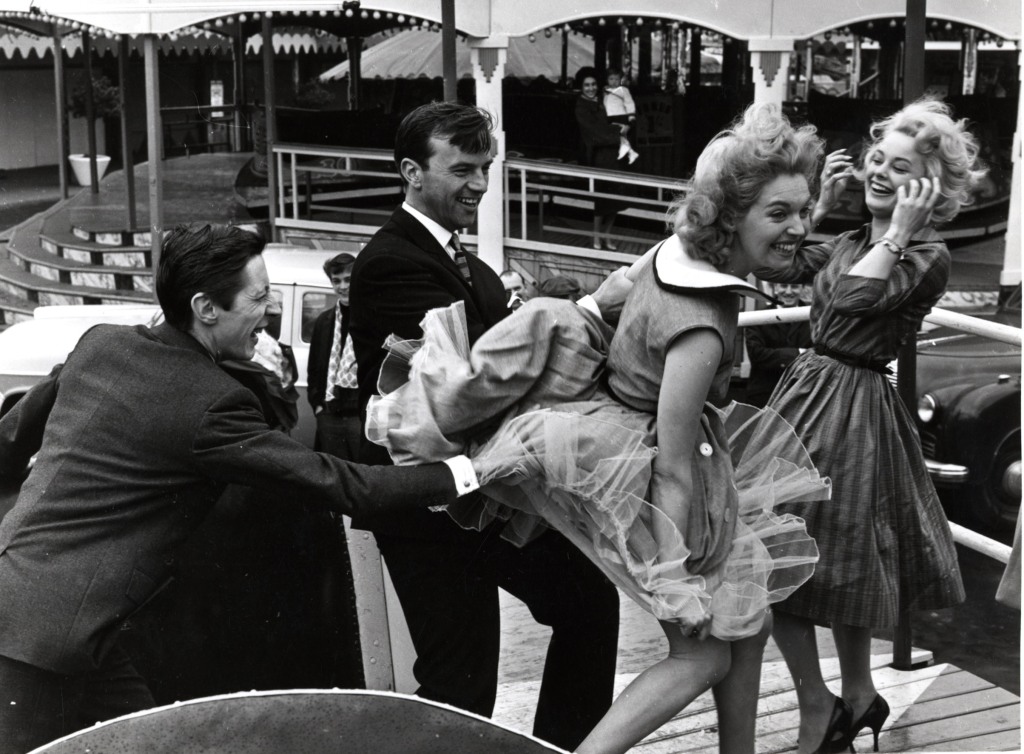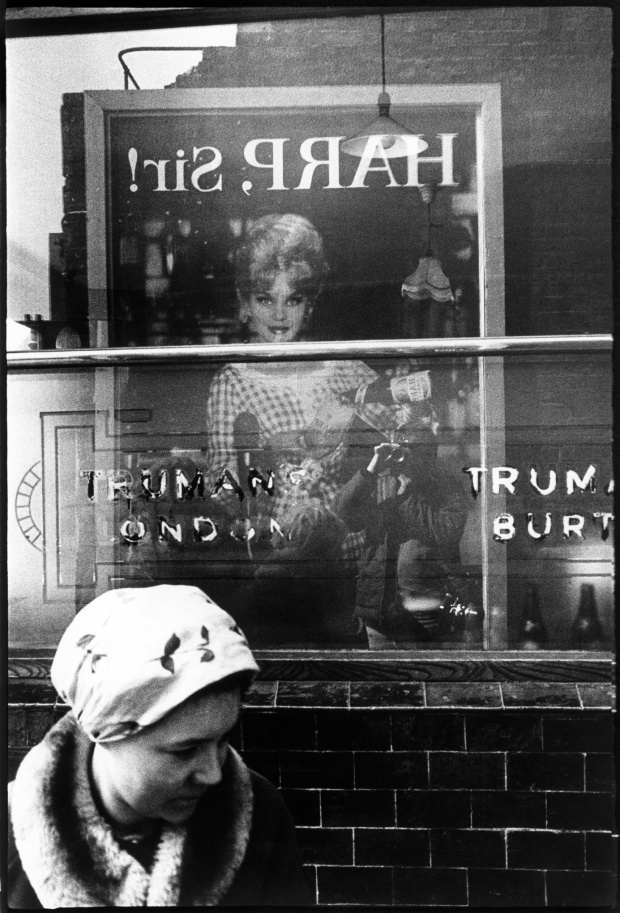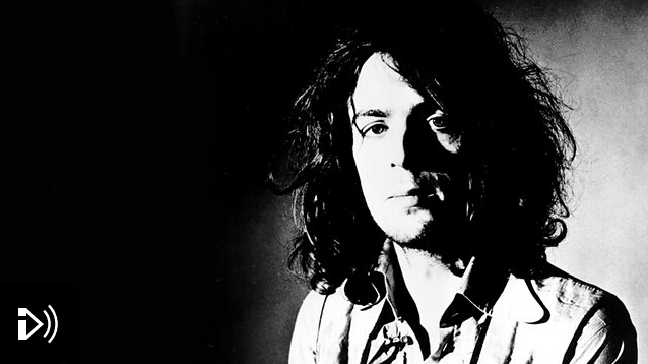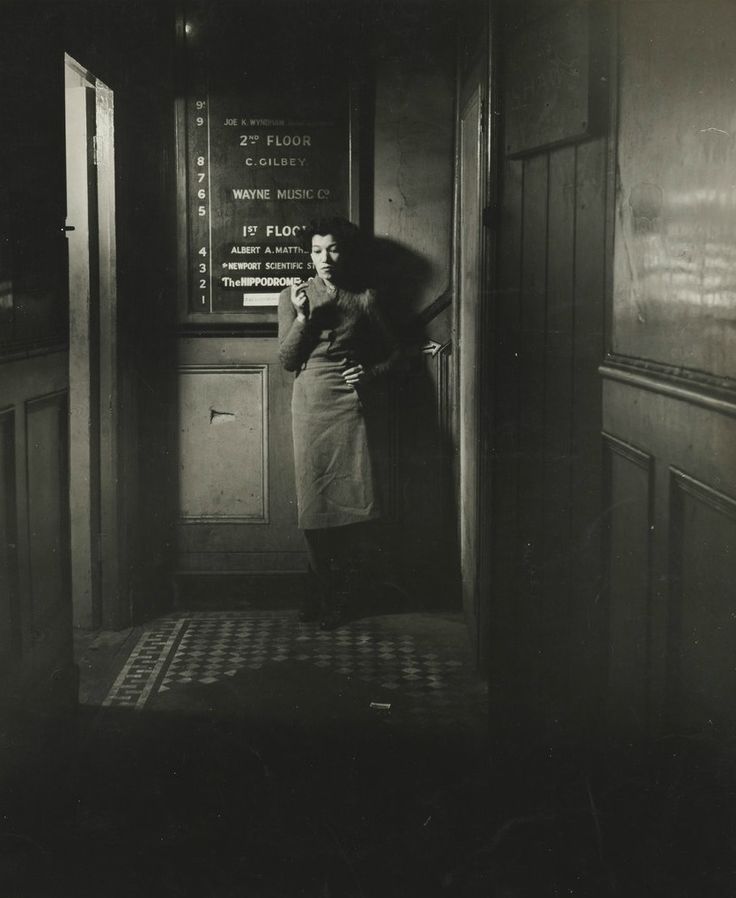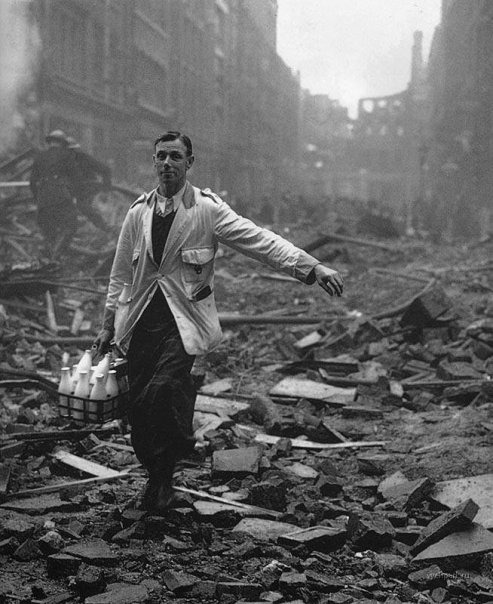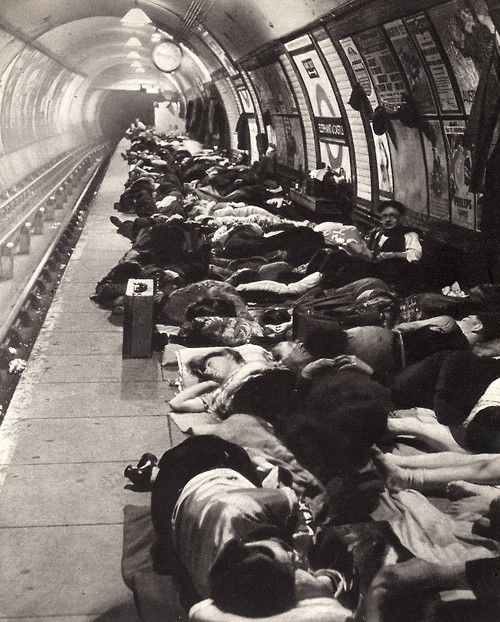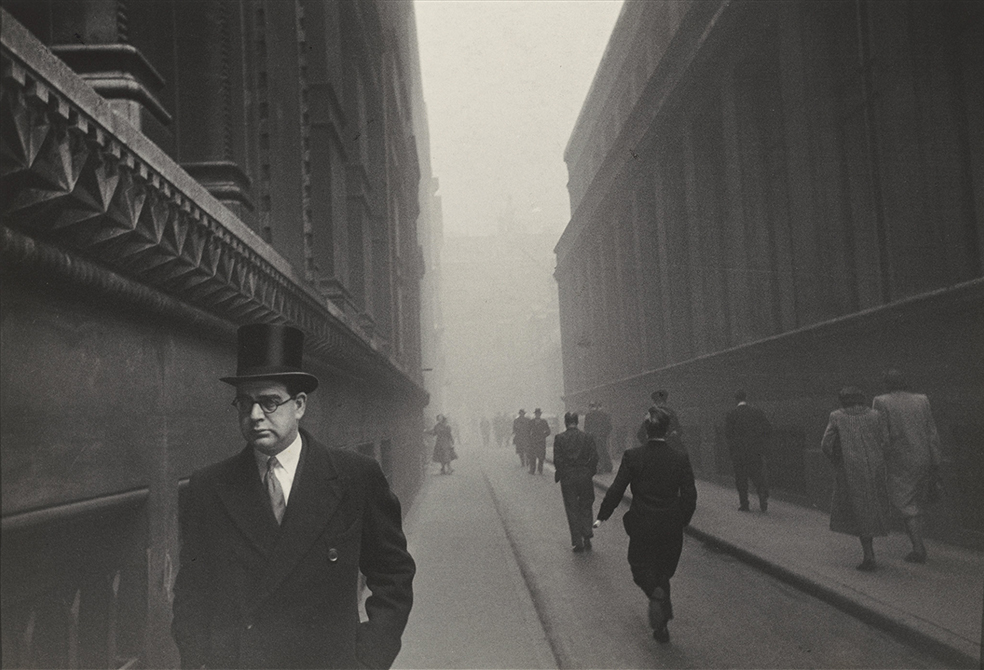
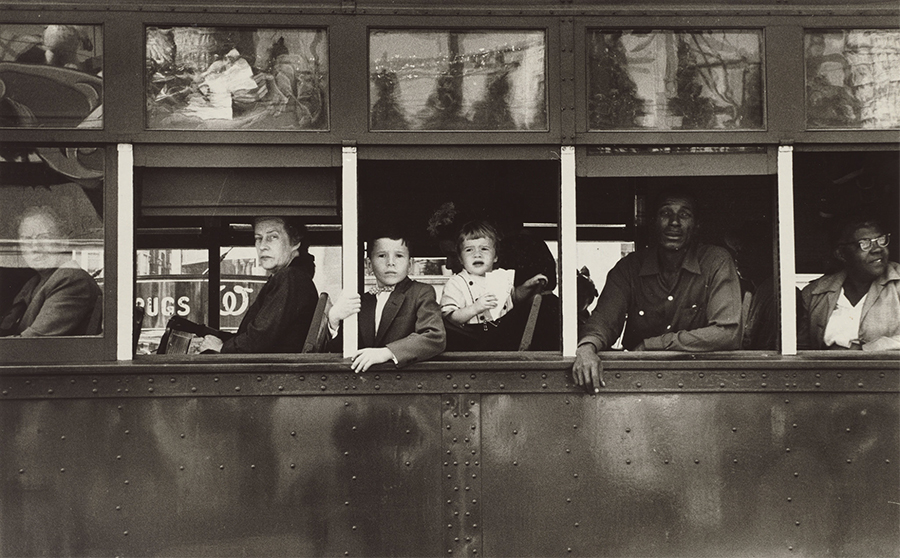
Robert Frank in London (the City), in 1951, and looking in a trolley window, New Orleans, 1955.
posted under: london
john bignell: woolworth’s, victoria, 1959
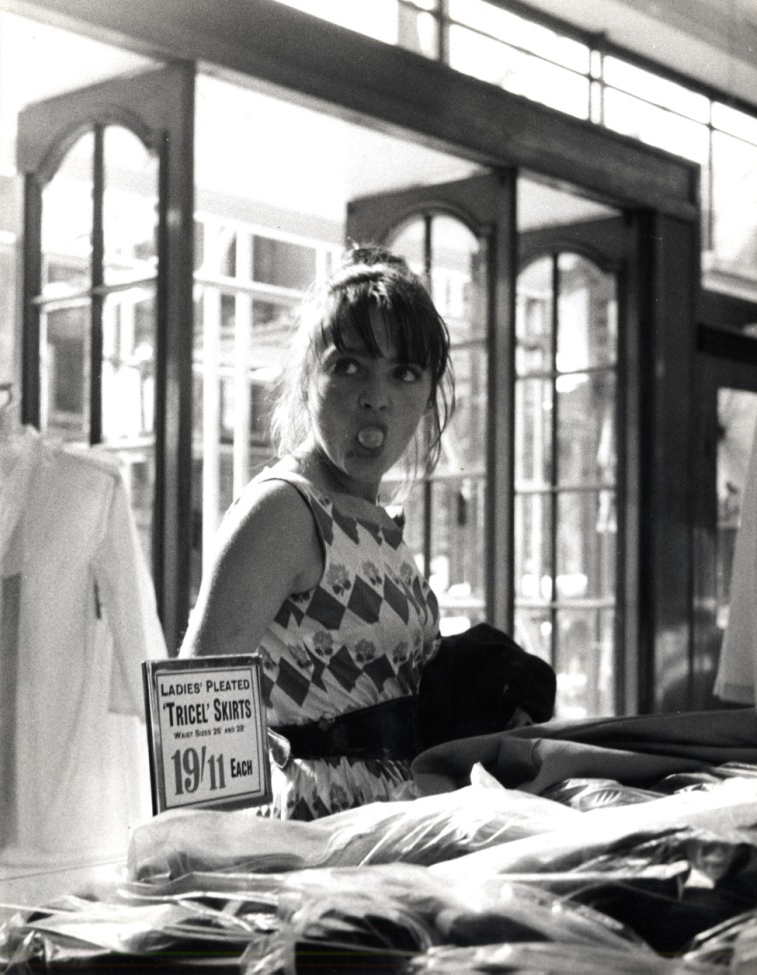
Another photo by John Bignell from The Library Time Machine website. The vintage signage is as interesting as everything else in the photo. Tricel sounded vaguely familiar, but I had to look it up. According to the Encyclopaedia Britannica:
In 1950 the British firm Courtaulds Ltd. began to develop triacetate fibres, which were subsequently produced on a commercial scale after methylene chloride solvent became available. Courtaulds and British Celanese marketed a triacetate fibre under the trademark Tricel. In the United States triacetate was introduced under the trademarked name Arnel. Triacetate fabrics became known for their superior shape retention, resistance to shrinking, and ease of washing and drying. Production of acetate fibres has declined since the mid-20th century partly because of competition from polyester fibres, which have the same or better wash-and-wear properties, can be ironed at higher temperatures, and are less expensive.
So there you have it. Synthetic textiles made of chemicals and perceived in their time as examples of ‘better living through chemistry‘. But just as hideous to touch and wear then, as now.
merle park in rehearsal
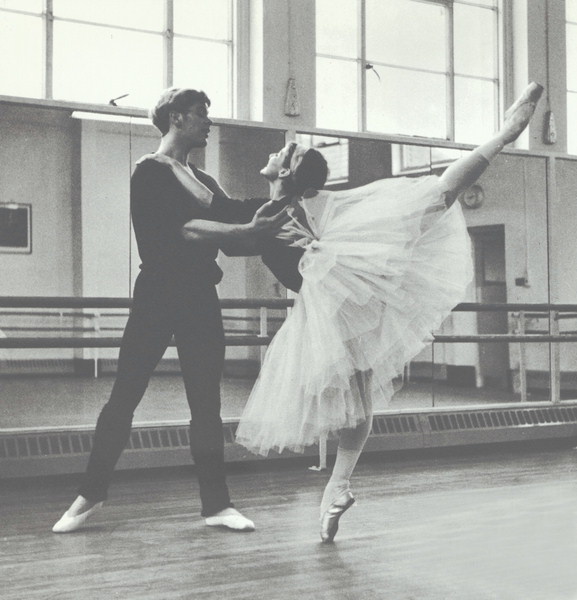
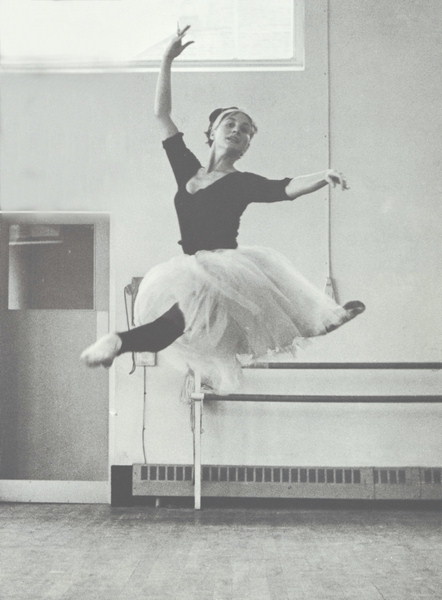
Merle Park in rehearsal and more expressive than I’ve ever seen her in performance — here, she actually looks like she’s enjoying herself. In performance, she always seemed too controlled and much more focused on the precision of her technique than on dancing. Which, for the viewer, was a bit boring. Not to be critical — it’s just nice to see something more, and something a little more lovely and lyrical, in her dancing. Photos by Keith Money.
royal ballet: osipova in giselle
Clip below is from last January, but always worth seeing again…
